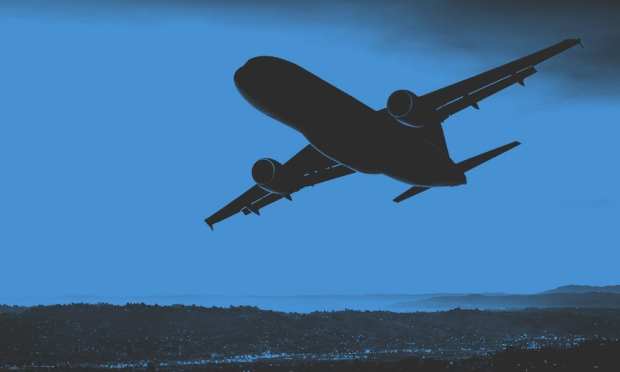Why Airlines Need To Get Their Wheels Up On Alt Payments

Time is up.
That — according to CEO Kristian Gjerding of CellPoint Mobile and CEO Ralph Kaiser of Universal Air Travel Plan (UATP) — is the reality that airlines and other travel vertical players must wrap their minds around when it comes to thinking beyond card payments from leisure customers. Players can either get on board — and start leveling up their systems quickly — or risk watching their market share shrink fast.
Consumers, though, aren’t going to give them any other choice. Since consumers set the pace, the vertical players must learn to dance to it, according to Gjerding. Players like Apple, Google, Amazon and PayPal have been driving consumer preferences for years — when consumers shop in those environments, the path to purchase has been simplified and made friction-free over the last 10 years.
“Travel merchants across verticals are playing catch-up,” Gjerding said. “They are far from ahead of the game.
The airlines, and most of the rest of the industry, know this, Kaiser added. They see in real time how much the payment market is being disrupted and fragmented with hundreds of emerging methods in various regions, and they see a clear path to a favorable return on investment (ROI) if they accommodate those payment methods.
That is game-changing, Kaiser noted — and the data is so clear, it is almost impossible to ignore. UATP processed a record number of alternative (non-card based) payments over its platform in 2018, and the company only expects to see that number soar in 2019 and beyond.
“Airlines are becoming aware that they need to change the way they approach all of this, particularly around payments, to capture the full opportunity,” Kaiser said.
However, capturing the full opportunity, both CEOs noted, is a bigger project than simply switching on a few hundred different payment methods at checkout and calling it a weekend. First, it requires taking a step back, and a larger total view of the market.
The Mass Movement To Mobile
The reality of the travel industry is that it is becoming mobile-dominated. The desktop bookings from a decade ago, that were essential to igniting the online travel industry, are shifting to mobile so much that some travel industry leaders are predicting a 100 percent shift to mobile in the next few years, Kaiser suggested. That means they must optimize for mobile.
That includes optimizing checkout around consumer payment preferences so they won’t abandon their orders if they don’t see their preferred choices on the checkout page, Gjerding said.
“People don’t want to think about payment methods — they want to think about the best price, or the best route. The payments just being there has become second nature,” he explained.
If it’s not there, both Kaiser and Gjerding said, the airline still might make the sale. After all, if a person has decided they want or need to travel, they’ll find a way to get there. However, it might not be on the most cost-effective channel for that travel provider, nor one that can offer the amenities that add new revenue streams for the company.
“We want to help airlines package their [offerings] using the most favored [forms of payment] for them and the consumer, and the most frictionless form, because that is the outcome that leads to everyone getting the best result,” Kaiser emphasized. “The provider gets ease of integration and the ability to command the pricing they want; the consumer can seamlessly book and pay the way they want. Everyone wins.”
The Evolution Of Choice
Payment, Kaiser observed, is more than just the simple movement of money from the consumer to the travel provider. It’s also now about shaping and influencing the buying decision itself. The best deal isn’t always just about the best price — it’s about the best way to pay for that experience. Payment preferences, he said, now expand to alternative point-of-sale (POS) financing options, not just a variety of ways to pay using the more traditional payment methods and digital wallets.
That, of course, can create challenges for airlines and travel operators to manage, particularly as new consumer touchpoints — like voice — emerge. Both Kaiser and Gjerding agreed that voice will become a big factor in travel, but it is only one of many new touchpoints that will emerge in a world that is now defined by rapid, and often unpredictable, rates of change.
Staying on top of those trends, and getting them into market quickly, requires enormous flexibility on the part of the airline’s digital and eCommerce business units, as well as a truly functional front end that can accommodate that change in an almost point-and-click fashion.
“Airlines must get at whatever touchpoints the consumer wants in the next few years. Otherwise, they will start to lose market share,” Gjerding said.
